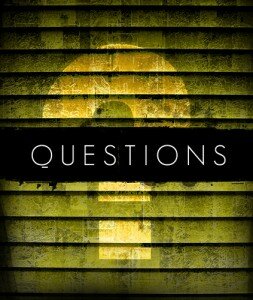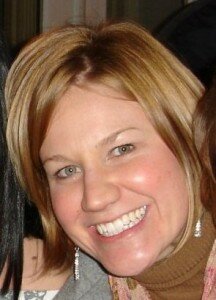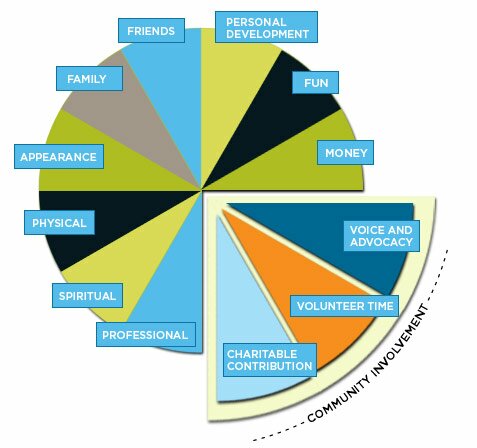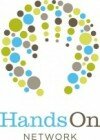Over the past week, we’ve heard a lot of talk about the use of social media and mobile technologies in disaster response.
Amy Sample Ward talked about social media in disaster response at the American College of Preventative Medicine’s annual conference.
The National Conference on Citizenship featured a discussion about using mobile devices to respond to disasters and emergencies.
And, in response to the earthquake in New Zealand, Google launched a Person Finder page to help victims of the earthquake reconnect with family and friends.
There’s a common theme across these articles—the ease of access to information that social media and mobile technology bring to crisis situations. Social and mobile tools make it easy to share information about events as they happen and to start responding to disasters when they occur.
The Citizen Superheroes article talks about ways that mobile and social technology can be used to address issues before they turn into emergencies. SeeClickFix lets people report public safety issues, ihollaback.org allows people to report harassment or threats and uses reports to create maps of areas where the behavior may be more common. Both of these are great examples of addressing potential problems before they can turn into a crisis.
The San Ramon Valley Fire department had an iPhone app developed that connects 9-1-1 dispatchers with people who are trained in CPR, putting individuals who are closest to those in need into a potentially lifesaving position.
 Blake Canterbury started beremedy as a way to build an infrastructure for action in times of emergency. beremedy matches people who want to give with people in need. Beremedy’s platform allows people affected by disasters to be connected to people who have resources that can help those individuals get back on their feet.
Blake Canterbury started beremedy as a way to build an infrastructure for action in times of emergency. beremedy matches people who want to give with people in need. Beremedy’s platform allows people affected by disasters to be connected to people who have resources that can help those individuals get back on their feet.
Eli Hayes started Sparkrelief in response to the Fourmile Fires in Colorado in 2010. Originally a way to help families displaced by the fires find temporary housing with other families in the community, Sparkrelief ballooned into a twenty thousand member strong community of people willing to share resources that victims of the fires might not have realized they needed.
Hayes started Sparkrelief in response to the Fourmile Fires in Colorado in 2010. Originally a way to help families displaced by the fires find temporary housing with other families in the community, Sparkrelief ballooned into a twenty thousand member strong community of people willing to share resources that victims of the fires might not have realized they needed.
Sparkrelief now has a member base that not only directly responds to disasters in their neighborhood, but aids in community and emotional recovery in Colorado. It’s not only a source for victims’ immediate needs like food and shelter, but a resource for helping to rebuild communities by providing emotional support and a way for community members to easily reach out to each other.
It’s really great to see mobile and social technology moving from a reactive role in disasters to a proactive role. What do you think are the best ways to move mobile tools into a more proactive role for volunteer events? How can we use existing (or develop new) mobile applications to manage volunteers before and after projects or disasters?



 Today’s post comes from Tricia Thompson,
Today’s post comes from Tricia Thompson,  In the mean time, HandsOn University has been experimenting with online learning tools and has developed two courses, one on
In the mean time, HandsOn University has been experimenting with online learning tools and has developed two courses, one on  Today’s post comes from Whitney Soenksen, External Relations Manager for AmeriCorps Alums
Today’s post comes from Whitney Soenksen, External Relations Manager for AmeriCorps Alums Today’s post was written by Laura Gonzo, President, Gonzo Media Strategies. She is also a self-professed dogganista, blogger, corporate marketing refugee and excitable advocate for social good.
Today’s post was written by Laura Gonzo, President, Gonzo Media Strategies. She is also a self-professed dogganista, blogger, corporate marketing refugee and excitable advocate for social good.
 Today’s post comes from Gared Jones,
Today’s post comes from Gared Jones,  Today’s post comes from Amy Smith, President of
Today’s post comes from Amy Smith, President of  That’s why I am so excited that Starbucks has created their global month of service with the specific goal of engaging their partners (employees) and customers in meaningful service opportunities. Starbucks expects more than 2,000 community service projects, led by their partners, to be organized as part of the global month of service. That’s an ambitious, but achievable goal of 200,000 hours of service performed globally throughout the month of April. This initiative will offer the company’s nearly 200,000 partners and more than 50 million customers each week in April new opportunities to participate in meaningful community service projects. I’m thrilled that we can offer the resources of HandsOn Network and its 250 local action centers to help identify and organize service activities to best meet the needs of each community.
That’s why I am so excited that Starbucks has created their global month of service with the specific goal of engaging their partners (employees) and customers in meaningful service opportunities. Starbucks expects more than 2,000 community service projects, led by their partners, to be organized as part of the global month of service. That’s an ambitious, but achievable goal of 200,000 hours of service performed globally throughout the month of April. This initiative will offer the company’s nearly 200,000 partners and more than 50 million customers each week in April new opportunities to participate in meaningful community service projects. I’m thrilled that we can offer the resources of HandsOn Network and its 250 local action centers to help identify and organize service activities to best meet the needs of each community. Today’s blog post comes from Michael Nealis, Interactive Strategy Coordinator for
Today’s blog post comes from Michael Nealis, Interactive Strategy Coordinator for 
